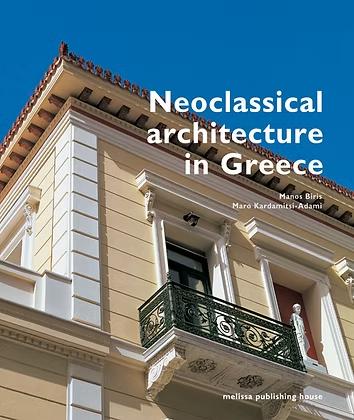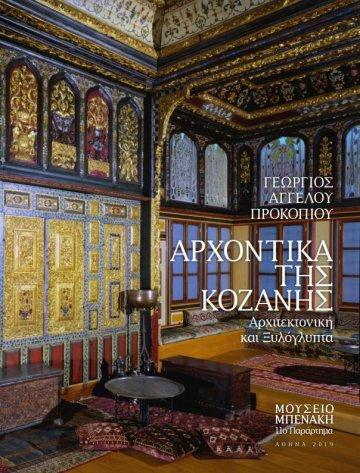NEOCLASSICAL ARCHITECTURE IN GREECE
NEOCLASSICAL ARCHITECTURE IN GREECE
The establishment of the Modern Greek State in the late 1820s, after four centuries of Ottoman rule, marks a crucial de-velopment in the long history of the Greek nation. New towns were built and older ones were radically changed. As one would expect, 19th-century urban architecture in Greece stemmed from European classicism, since European culture in general played a vital role in the life of the young state. What is most important, though, is that this architecture developed in the shadow of its superb models, i.e. the monuments of classical Athens and the Parthenon. The outcome was unique: a neo-classical architecture of exceptional qual ity and lasting applica-tion. Besides Athens, a great number of cities and towns in var-ious parts of Greece followed the above trend either in the form of neo-classicism or of late historicism with remarkable build-ings, both architecturally and artistically.



















